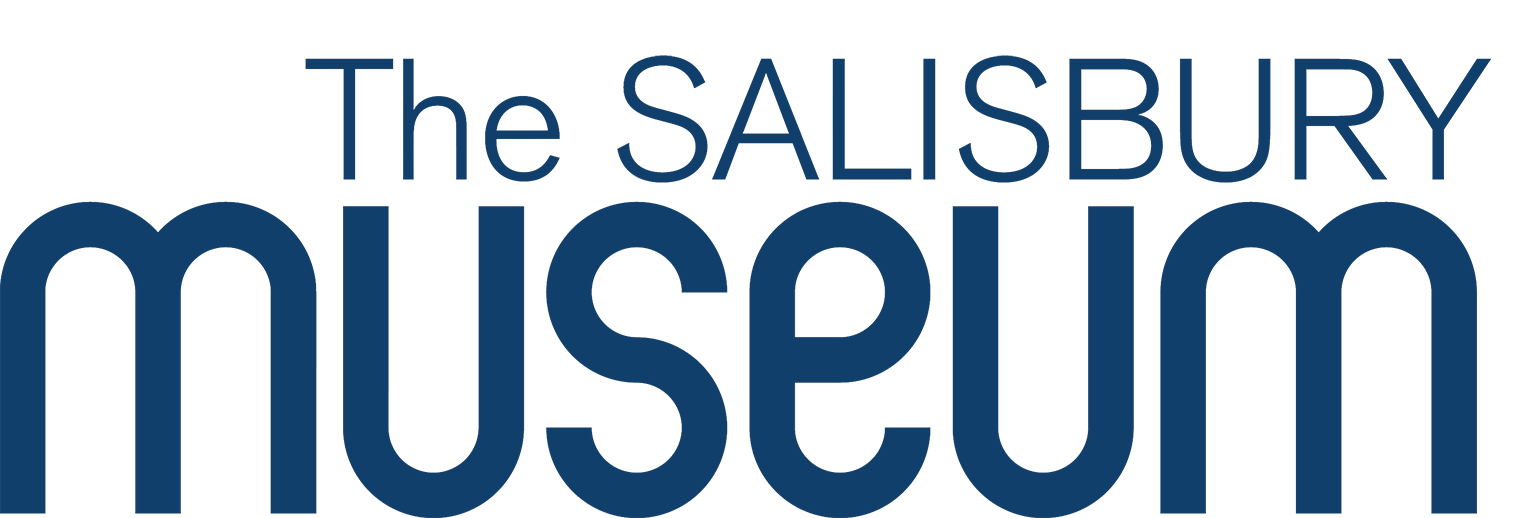Social History
Social History Collection
Of particular significance in the collection are the relics of the ancient guilds of Salisbury, most memorably the Merchant Tailors’ Giant and his companion Hob Nob. Civic objects include items salvaged from the Council House fire in 1780, standard weights and measures and collections of Salisbury-made bells, clocks and watches, silver, guns and cutlery. More recent manufacturing history is represented by a Scout Motor car made in Salisbury in 1912 – one of only two surviving today.
